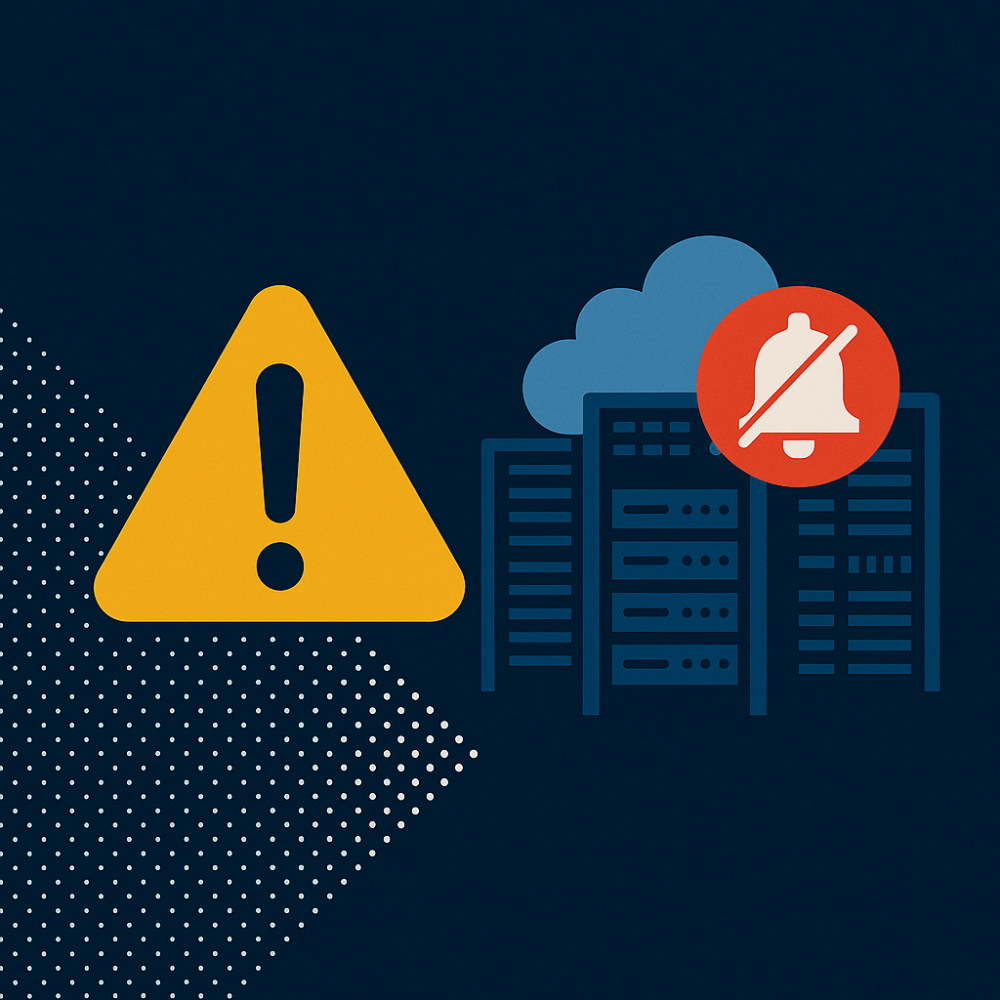Technical debt is an often-overlooked yet critical issue in data center operations that can have far-reaching consequences. As organizations strive to maintain and expand their digital infrastructure, the accumulation of technical debt can pose significant risks. This article explores five key ways your data center operations may be in jeopardy.
What is Technical Debt?
Technical debt, a term coined by software developer Ward Cunningham, refers to the long-term consequences of taking shortcuts in software development and IT infrastructure management. These shortcuts might be made in the interest of expediency or cost-saving but lead to increased complexity and maintenance challenges over time. It’s akin to financial debt: while it may provide short-term gains, it requires repayment with interest in the form of additional work and resources needed to address potential issues that arise from these compromises.
In the context of data center management, technical debt can manifest as outdated hardware, legacy systems that are difficult to integrate with new technologies, or insufficient documentation that complicates future upgrades. As organizations push for rapid deployment and expansion of their digital capabilities, they may inadvertently accumulate this “debt,” which can hinder operational efficiency and innovation if not managed proactively.
5 Key Technical Debt Risks to Your Data Center Operations
Technical debt can silently undermine data center operational efficiency and strategic growth. Understanding the five key risks associated with this hidden burden is essential for organizations to safeguard their digital infrastructure and maintain a competitive edge.
1. Increased Vulnerability to Security Breaches
One of the most pressing concerns associated with technical debt is its impact on security. Outdated code, unsupported software, and neglected patches create vulnerabilities that can be exploited by malicious actors. When security flaws are not addressed promptly, they become entry points for cyberattacks, data breaches and substantial financial losses.
Example: Consider a scenario where a data center relies on legacy systems with known security vulnerabilities. Leaving these vulnerabilities in place allows attackers to gain unauthorized access to sensitive information or disrupt critical services.
2. Operational Inefficiencies and Downtime
Technical debt often results in cumbersome and inefficient systems that require more time and resources to maintain. These inefficiencies can lead to increased downtime, affecting the availability of services and causing disruptions in business operations.
Example: A data center running on outdated software may experience frequent crashes or slow performance due to compatibility issues with newer hardware or operating systems. The need for constant troubleshooting diverts valuable resources away from strategic initiatives.
3. Higher Maintenance Costs
As technical debt accumulates, the cost of maintaining and updating systems escalates. Organizations may find themselves spending more on patching old code rather than investing in new technologies to drive innovation and growth.
Example: Regularly updating a patchwork system built on obsolete technology requires specialized knowledge and extensive testing, leading to higher labor costs and prolonged project timelines compared to modernizing the infrastructure with contemporary solutions.
4. Reduced Agility in Responding to Market Changes
Technical debt hampers an organization’s ability to swiftly adapt to changing market conditions or technological advancements. Legacy systems often lack flexibility, making it difficult to implement new features or integrate emerging technologies without extensive rework.
Example: A data center burdened by legacy systems may struggle to offer scalable cloud services quickly due to constraints imposed by outdated architecture.
5. Compromised Data Integrity

Data integrity is paramount for any data center operation; however, technical debt can compromise this integrity through inconsistent data handling practices or unreliable storage solutions. Over time, these issues can lead to data corruption or loss.
Example: An organization using an antiquated database system might face challenges ensuring consistent backups or managing large datasets efficiently. As a result, critical business information could be at risk of becoming corrupted or irretrievable during recovery efforts.
Is Technical Debt Putting Your Data Center Operations At Risk?
Technical debt is an insidious issue that poses significant risks to data centers by increasing vulnerability to security breaches, causing operational inefficiencies and downtime, inflating maintenance costs, reducing agility in responding swiftly to market changes, and compromising data integrity.
Organizations must prioritize addressing technical debt proactively through regular code reviews, timely updates, and strategic investments in modernization efforts. By doing so, they will safeguard their infrastructure against potential threats while positioning themselves for long-term success.



